Table of Contents
Respiratory Quotient and Compensation Point:
What is Respiratory Quotient?
In respiration, oxygen is taken in and carbon dioxide is given off. The ratio of CO2 : O2 in a given time is called the respiratory quotient. It represents the ratio between the volume of carbon dioxide produced and the volume of oxygen consumed during respiration in a given time. It means-
| Respiratory Quotient (RQ) = Volume of CO2 given off/Volume of oxygen taken up or RQ = Molecules of CO2 evolved/Molecules of O2 consumed |
Calculation of Respiratory Quotient:
- In aerobic respiration of glucose, the reaction equation is:
| C5H12O6 + 6O2 ———-> 6CO2 + 6H2O Therefore, RQ (for carbohydrates) = 6CO2/6O2 = 1.0 or unity |
- When fats are used in respiration, the RQ is less than 1. For example, when lipid is oxidized aerobically, the reaction equation is:
| 2C57H110O6 (Tristearoyl glycerol) + 163O2 ———-> 114CO2 + 11H2O Therefore, RQ (for Tristearoyl glycerol) = 114CO2/163O2 = 0.699 = 0.7 |
- RQ for aerobic oxidation of lipid tripalmitin will be:
| 2C51H98O6 (Tripalmitin) + 145O2 ———-> 102CO2 + 98H2O Therefore, RQ (for Tripalmitin) = 102CO2/145O2 = 0.7 |
- For aerobic oxidation of protein, RQ is 0.99.
Value of Respiratory Quotient:
The value of RQ varies for different types of food components and is as follows:
- For carbohydrates, RQ is 1.0
- For lipids, RQ is 0.7
- For proteins, RQ is 0.99
The food of all animals and human beings is a mixture of carbohydrates, lipids and proteins. Therefore, their RQ ranges between 0.8-0.9.
When there is a shortage of oxygen, both aerobic and anaerobic respiration occur simultaneously and the RQ is usually greater than 1.0. The exact value will depend on the nature of respiratory substrates used and the relative rates of the two types of respiration.
Significance or Importance of Respiratory Quotient:
Respiratory Quotient (RQ) values indicate-
- The type of respiration occurring, whether aerobic, anaerobic or both.
- The type of substrate or combination of substrates being used during respiration.
- Normal nutrition or starvation condition is known.
- Food transformations like a synthesis of fats or the conversion of fats into carbohydrates are known.
Compensation Point:
Oxygen is used and carbon dioxide is produced during respiration. During the daytime, plants utilize carbon dioxide in photosynthesis and produce oxygen. No photosynthesis occurs in the dark, but the process of respiration continues. It means for respiration at night, plants take oxygen from the atmosphere. But during the day, they consume oxygen evolved by photosynthesis. In the morning, when light intensity gradually increases from zero, the rate of photosynthesis, the consumption of carbon dioxide and photosynthetic production of oxygen also increase gradually. Finally, at one point, the photosynthetic uptake of CO2 just balances the respiratory release of CO2. This intensity of light at which uptake of CO2 for photosynthesis is equal to the release of CO2 by respiration is called the compensation point or light compensation point.
At the compensation point, the rate of photosynthesis and respiration balance each other and there is no exchange of oxygen or carbon dioxide. At this point, there is neither weight gain nor weight loss. As the light intensity increases beyond the compensation point, the rate of photosynthesis increases and photosynthetic products start accumulating in the cell cytoplasm leading to plant growth.
The carbon dioxide compensation point is the carbon dioxide concentration at which net gaseous exchange is zero for given light intensity. Beyond carbon dioxide compensation point, photosynthesis exceeds. If light is not the limiting factor, 50-100 ppm carbon dioxide concentration marks the compensation point. Since the concentration of carbon dioxide in the atmosphere ranges between 300-400 ppm it is much beyond the carbon dioxide compensation point.
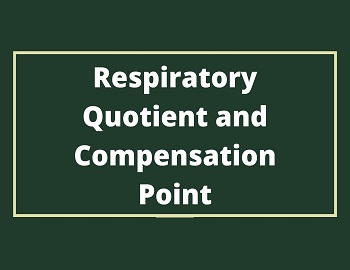
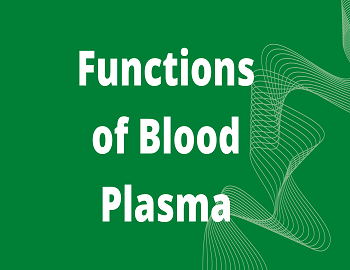
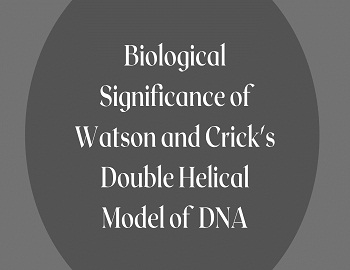

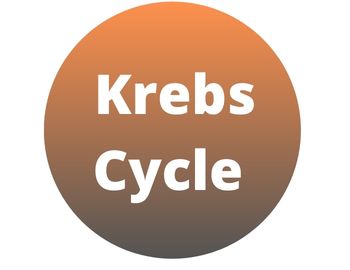
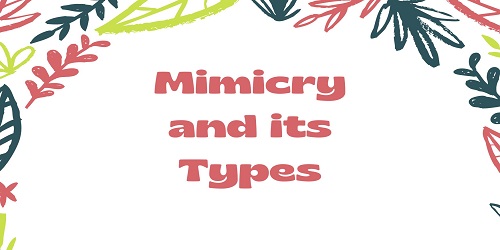

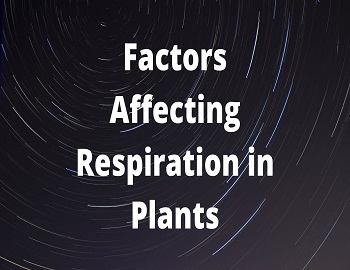
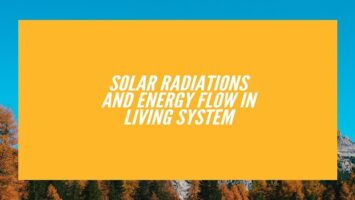
Comments (No)